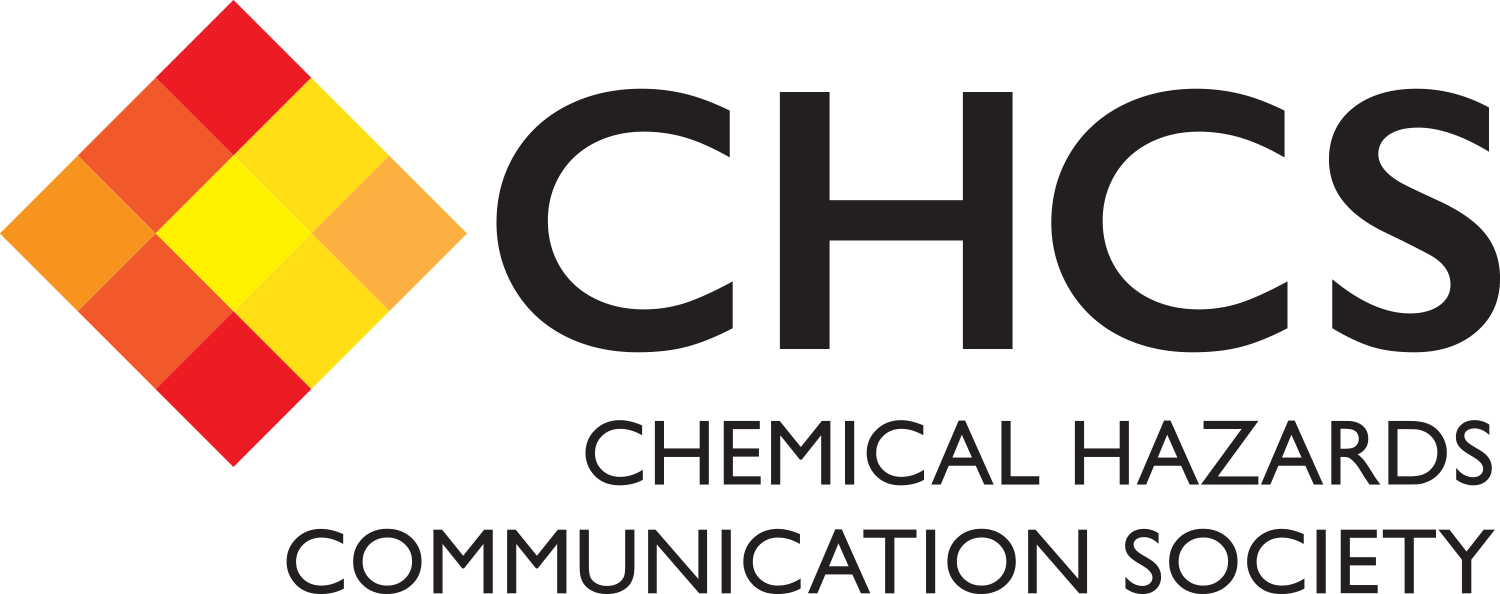CHCS Members AreaYou are trying to access a page that is for CHCS members only. If you are a paid-up member of CHCS please login using the form below. If you are not yet a CHCS member please visit our Join CHCS page to see the benefits of being a member and to sign-up. | CHCS NewsUK REACH Consultation outcome |

